Darma Valley (aka Dharma Valley) needs an introduction, and how I love visiting the places that not many people know about! Situated at an altitude of 3470 Mts, Darma Valley offers breathtaking views of the nearby Panchachuli peaks, which mean the “five-pointed oven.” Those who are aware of the region are serial trekkers who’ve uncovered the secrets of the valley.
While the Darma Valley trek and the Panchachuli base camp trek follow the same route – the trekkers here get to experience the wonderland up close and personal. The biggest selling point of this trek is the flowing waterfalls and the scenic spots splattered throughout the route.
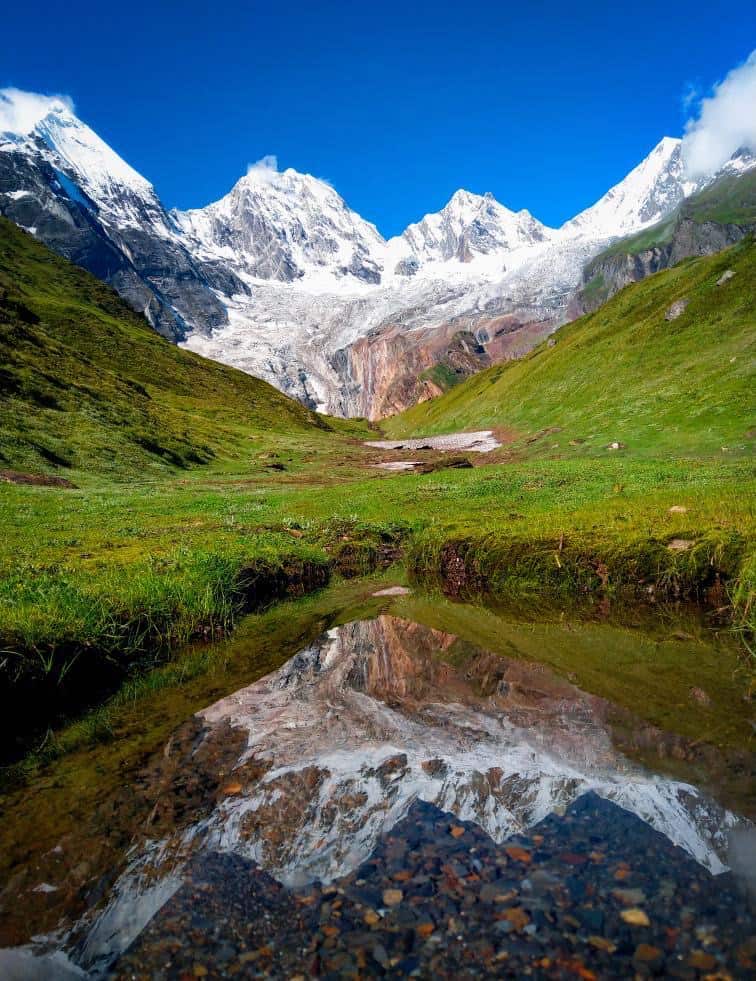
Let's quickly dive into the details:
Darma Valley Travel Guide
Darma valley begins at the Dawe Village, right at the Indo-Sino border. The population here is mostly into livestock rearing and cultivation land for buckwheat and potato. The entire region is marked with 12 very unique villages and is ideal for exploring rural India in all its glory. What’s even more wonderful is the homestays that let you explore the local culture to the fullest.
Mythology
Given the name of the peak, it is believed that this is the place where the Pandavas cooked their last meal before embarking on their final voyage to the heavenly abode.
Geography of Darma Valley
Located in the Pithoragarh District of Kumaon, Uttarakhand, this valley exists thanks to the Darma River. Sandwiched between two other valleys in the Himalayas – Kuthi Yangti Valley (to the east) and Lassar Yangti Valley (to the west), Darma Valley provides some magnificent views.
Beginning at the Sino-Indian border near the Dawe Village and extends up to South, Gangachal Dhura connects Darma Valley with Lassar Valley, while Sinla Pass and Nama Pass link the Darma Valley with Kuthi Yangti.
The region is blessed with magnificent flora, including my favorite wildflowers – orchids, which you can spot in colossal numbers here! Other gorgeous character traits of the region include lush alpine meadows, thick forests with waterfalls and streams to complete the magical wonderland feels.

Best time to visit Darma Valley
While, in my opinion, the best time to visit Darma Valley is during the summer months of April to June, the weather remains pleasant throughout the year. The only concerning time might be monsoons when landslides are a common occurrence in any Himalayan region.
Post monsoon, mid-September to November is also a convenient time for experiencing all that Darma Valley has to offer. Thanks to the extreme greenery all due to the preceding monsoons, you’ll truly feel like you’re in paradise.
However, you must note that during the winter months, it might be difficult to trek in the region as the valley gets covered in a blanket of snow.
So, you can see that Darma Valley weather is mostly pleasant in summer and springtime while cold in the winter months.
How to reach Darma Valley
Darma Valley is situated around 585 KMs from Delhi and will take you around 15 hours of driving time. Alternatively, you may break your journey by choosing alternative ways to travel. However, I must say the drive is insanely beautiful and takes you through all that Uttarakhand has to offer.
By air
The nearest airport is Pantnagar which has decent connectivity with Delhi. It is situated at a distance of 35 Kms from Dharchula. From here, you may hail a cab to Dharchula.
By rail
The nearest railway station is Tanakpur Railway station, around 240 km in distance from Dharchula. You can easily haul cabs and buses from the railway station to Dharchula.
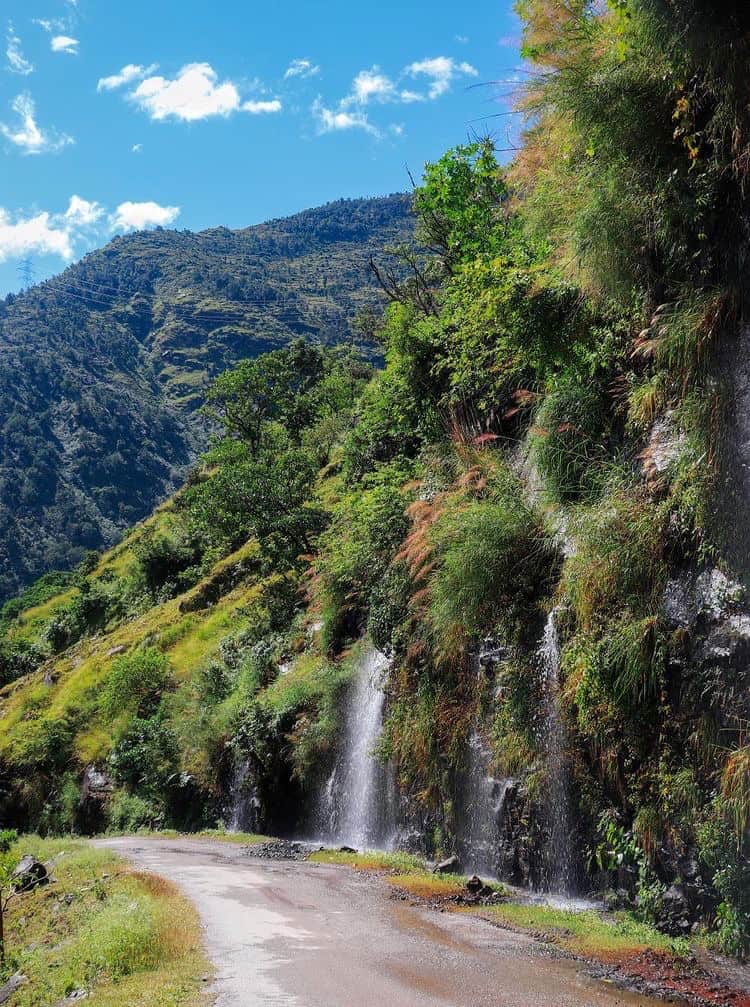
By Road
The route to Darma Valley, assuming a starting point of Delhi is as below
- Delhi – Kathgodam (321 KMs, 6.5 hours)
- Kathgodam – Almora (87 Kms, 2.5 hours)
- Almora – Dharchula (207 KMs, 8 Hours)
- Dharchula – Tawaghat (17 KMs, 1 hour)
- Tawaghat – Sobla (13 KMs, 45 minutes)
- Sobla – Dar (5 Km)
Dharchula, the nearest town to Darma Valley, is well-connected with major regions of Uttarakhand through motor-able roads. From Dharchula, you may take a cab to reach Dar or Sobla – the entry point for Darma Valley.
However, if you get off at Sobla –you will have to trek an additional 5 KMs to reach Dar. You have further access through soft-roads up till baling, but, I suggest walking the route to get the full experience.
If you’re planning on utilizing public transport, catch an overnight bus, leaving at 22:00 or later to reach Kathgodam in the morning.
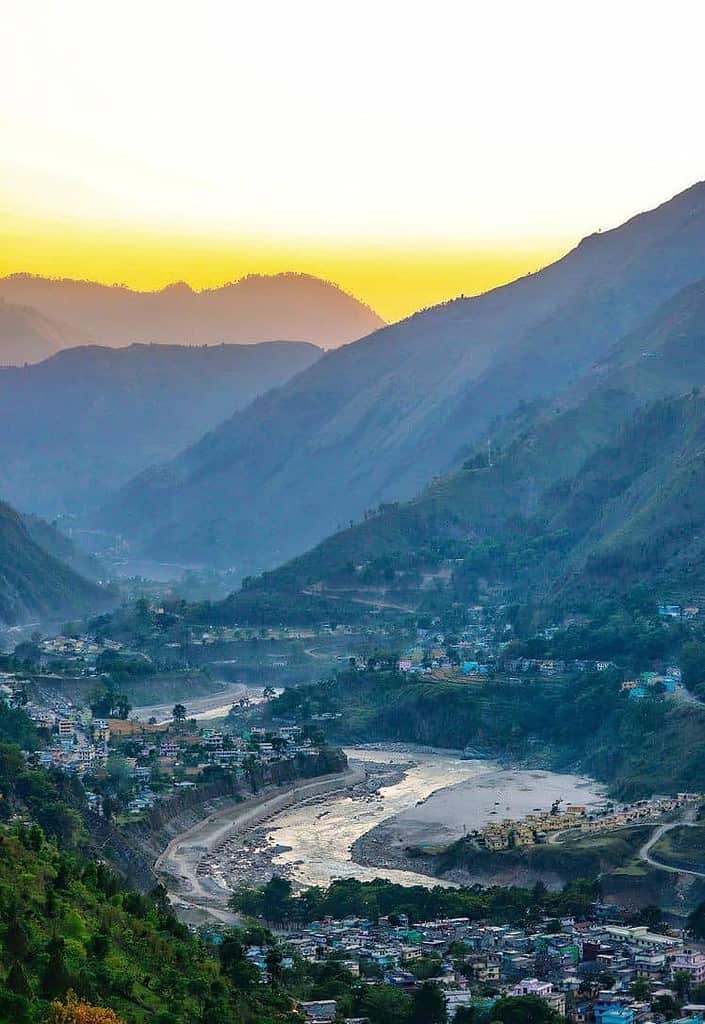
Local commute
The valley is accessible only through trekking. So, let go of your inhibitions and get walking!
Common Itinerary – Darma Valley
The trek will take you 10 days to complete. It is a moderate trek, which can be challenging at certain places, but is mostly a wonderful expedition into a life far-flung.
| Base Location | Dar |
| Duration | 10 days |
| Maximum Altitude | 3470 meters |
| Total distance covered | 60 km |
Day 0 – Reaching Almora entry point to Darma Valley
Leave Delhi late at night and cover your journey to reach Kathgodam by at least 6 AM. There are both buses and trains from Delhi at frequent intervals. Alternatively, reach Pantnagar by air. From there, you should hail the next bus/ hire a cab to reach Almora.
You may stay at Almora for the night and explore the tiny village, or travel extensively and reach Dharchula, which will take you another 7-8 hours of journey. I would suggest you crash at Almora for your health and sanity.
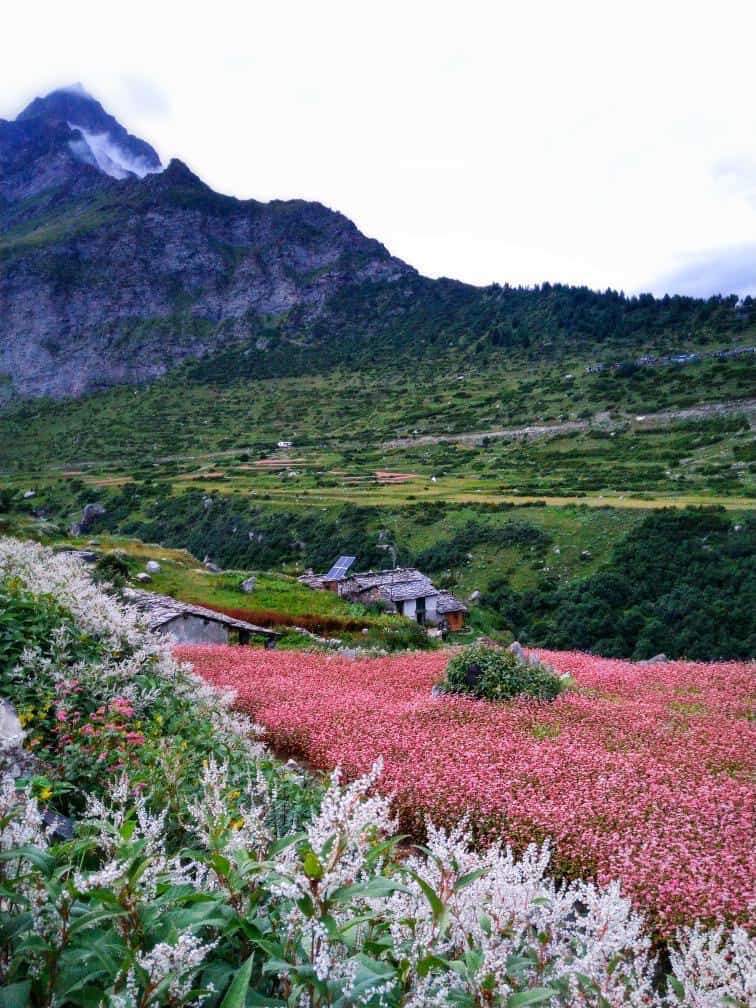
Day 1 – Almora to Dharchula
This is another long day on the road, with approximately 8-10 hours of journey up ahead. Leave as early in the morning as possible and enjoy the beauty that is Kumaon Valley. The most scenic and memorable portion of the journey has to be crossing Jouljibi, where River Gori and River Kali converge. River Kali enters India from Nepal here, near Dharchula.
Spend the night at Dharchula.
Day 2 – Sobla to Dar – The beginning point
Drive up to Sobla today, crossing Tawaghat. The entire road journey today is about 2 hours. From here, you’ll trek to Dar for 5 KMs through the beautiful vistas and a relatively easy trek/walk. While this may take some time, you’ll be excited to reach the starting point of your adventure.
Camp at Dar.
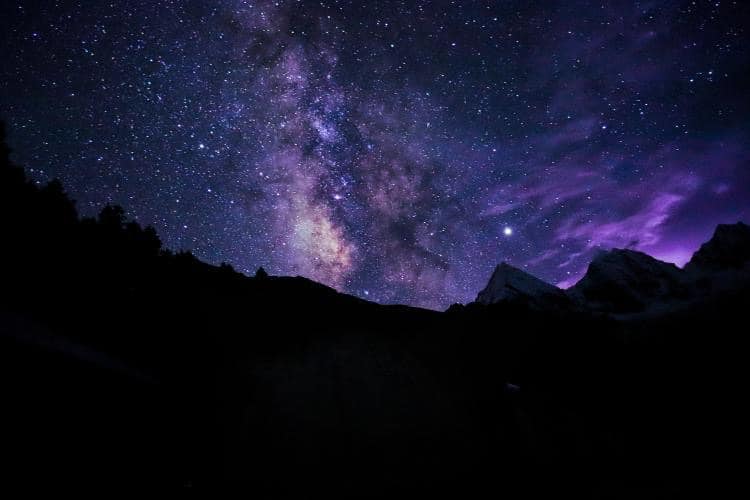
Day 3 – Dar to Sela
Oh, what a long and difficult beginning to the journey – today’s hike is long, tiresome, and not easy. The campsite of Sela is situated around 12 km from Dar and takes you through hillsides and lush green pastoral fields. The mountains are super intimidating here, and the path is narrow, easily for a stretch of 1 Km.
Also, you’ll see carcasses of mules en route – with vultures hovering right above. This experience makes for quite a daunting beginning. But, after a KM or so, the trail eases, and you can breathe a sigh of relief! Immediately after this intimidating sight, you’ll get into the Darma valley, which suddenly unfolds right in front of your eyes.
Day 4 – Sela to Baling
While easier than yesterday, this day is still going to be a long one. I suggest you leave as early in the morning as possible. As you’ll be covering a total distance of 11 km, you’ll need sun by your side. But, it must be a solace that the trek is fairly simple and trouble-free.
You’ll be walking through hillsides, climbing easy mountains, and descending again – everything is fairly manageable. The views of far-away glaciers will start attracting your eyes, and suddenly, you’ll transport into a world so different from your regular life.
The journey to get here might have been long – but the views will keep evolving into the best days of your life, unfolding right in front of your eyes!
Baling is a beautiful little campsite waiting for you to explore and while the excitement to move forward might be strong, you’ll need your strength in the coming days – so relax and unwind!
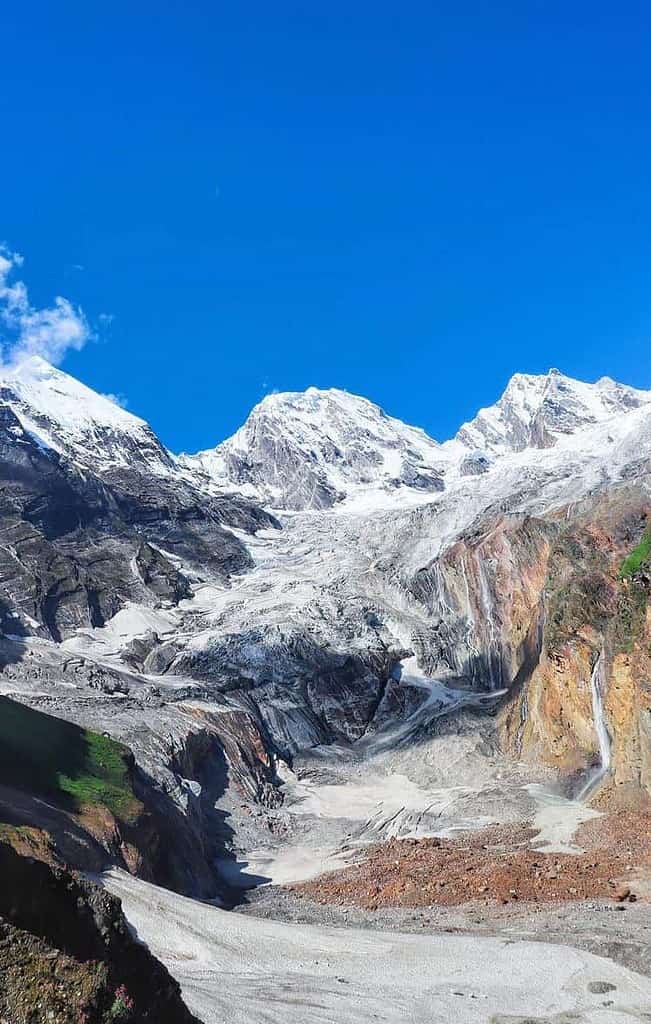
Day 5 – Baling to Duktu
You’re now reaching the last centers of human settlements of the valley. You’ll be stopping over at Duktu, and its neighboring village of Dantu as the last two populous villages! The views, if great the day prior, are now downright insane and will keep you awestruck most of the day.
You should note that in the winter season, Dantu village is abandoned as it gets freezing and frigid for humans to survive. For your viewing pleasure in today’s 6 KMs journey is the Panchachuli glacier. Of course, when you enter a huge meadow right before the Duktu village, you’ll want to stop and enjoy having this part of the world to yourself.
You may choose to camp here for the night (highly recommended!) or book yourself into a homestay and enjoy the delicious local cuisine of the region.
Day 6 – Duktu to Panchachuli & back
Oh, the epitome of the trip is upon us today. Today, the adrenaline will be running high, and for all the right reasons. You’ll start your exploration of the stunning glacier. Trekking for 4 km beside the Yuli river is also another bonus for the day.
It is an absolute paradise, and nothing quite compares to the feeling. You’ll start your trek towards the glacier with incredible panoramic views of the valley along with the accompanying oak trees. The beautiful Panchachuli peak is both massive and intimidating at the same time.
You’ll trek back to Duktu for your stay at night.
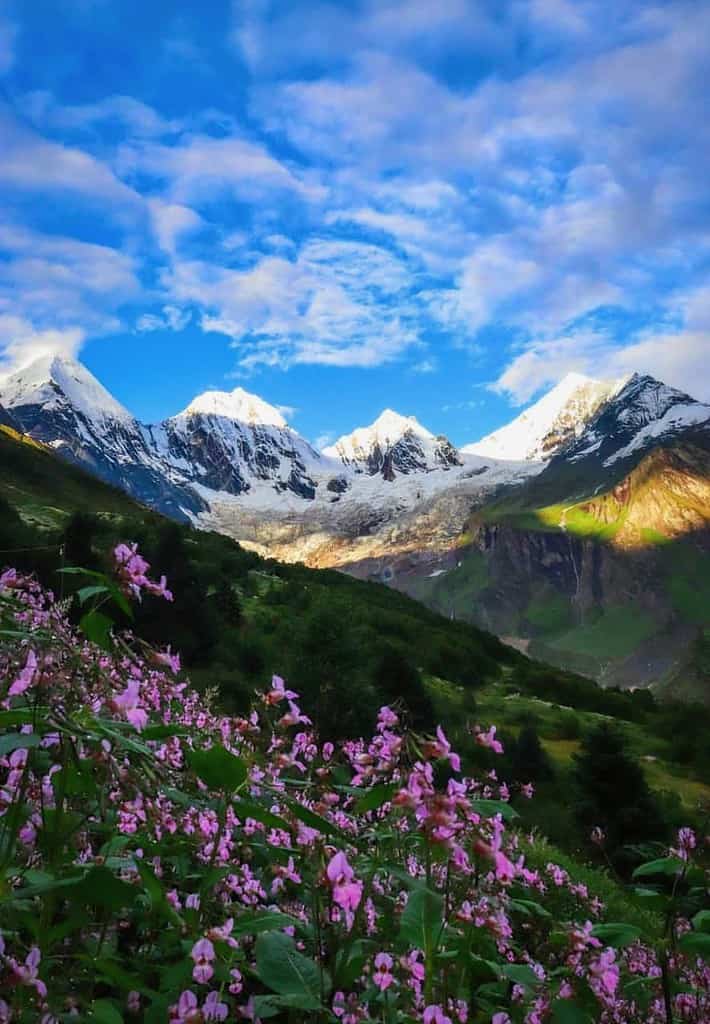
Day 7 – Duktu to Nagling
Your return trek will be bittersweet, given the experience is now heading back to reality. But, given that the route is still new and a ton to offer will keep you engrossed, I can promise you that much. Reaching Nagling from Duktu will require you to descend for 11 KMs straight and should be accomplished in 5ish hours, depending on your strength and agility.
Be careful today as descending might seem easier, but requires far more attention. The village of Nagling is gorgeous – the homes have an old-timey charm and the carvings in the wood & stone is stunning. You’re still deep in the valley. The courage and strength of the villagers here will awe-inspire you.
Day 8 – Nagling to Bungling
Bungling is your last stop on the trek. It will require a wonderful walk of 12 KMs today to reach from Nagling to Bungling. From Bungling, you may catch a jeep to get back to Dharchula.
You should always carry your water bottle and refill it as many times as you need water. It will not only keep you hydrated always, but you will also help in saving the Himalayas from plastic garbage. Remember, every tiny step counts and your step in this direction can help save the Himalayas too !! 🙂 🙂
Day 9 – Dharma Valley to back home
Finally on the last day, travel back to home from this amazing experience of Darma Valley trek.
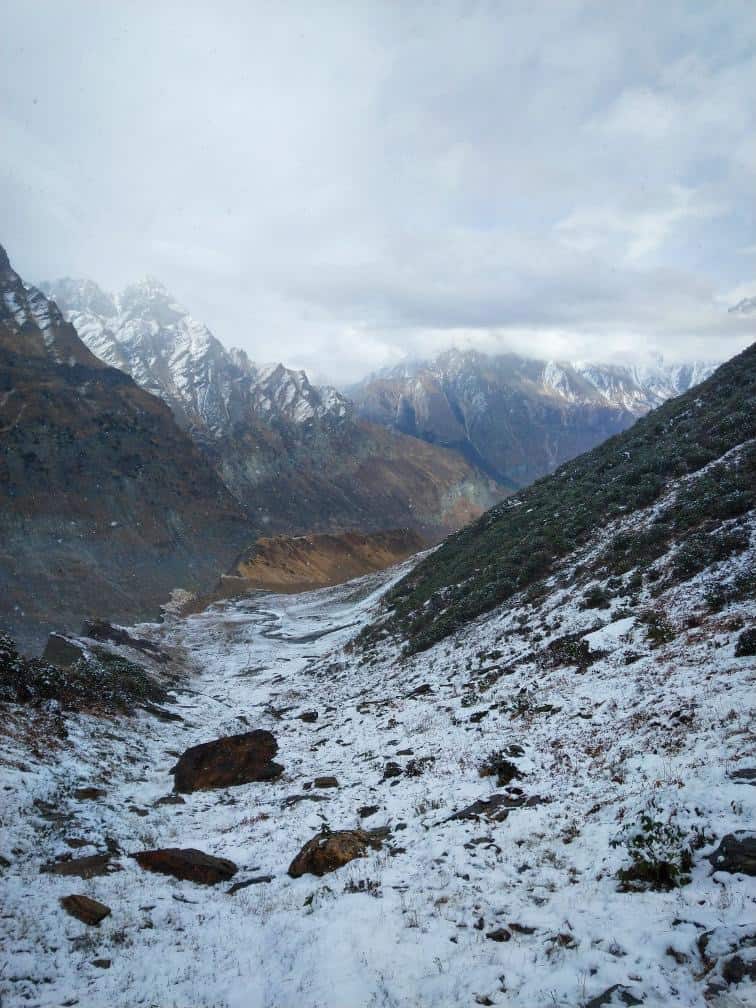
FAQ about Dharma Valley in Kumaon
Is Diamox required?
No, Diamox is not required for the trek and should be manageable. AMS is usually not experienced at such heights. However, consult your doctor for understanding your requirements properly.
Are there any permits required for the Darma Valley trek?
Yes, an inner line permit is required. You can obtain it by submitting your route map and a passport-sized photograph at the SDM office in Dharchula. It is quite easy to get the same. You’ll need to show this permit at Baling, where ITBP has a camp.
Are there enough water sources on the trek?
Yes, plenty of water sources are available during the trek – don’t forget to carry your own water bottle and ensure you fill it up at regular intervals and keep yourself hydrated.
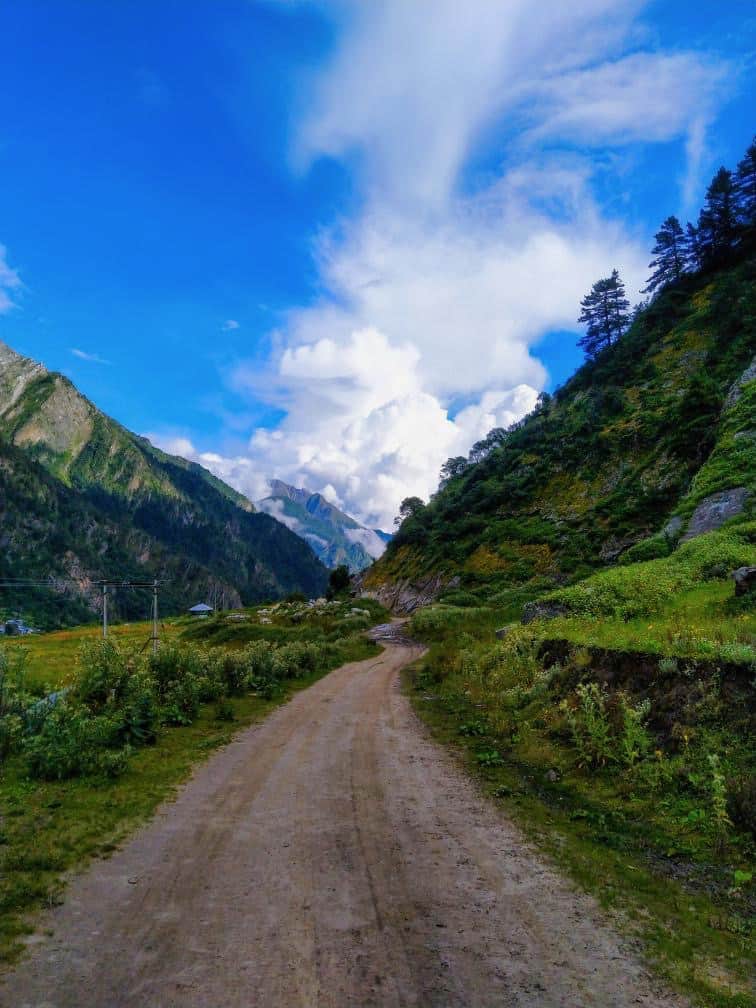
Conclusion
With a lot to offer and stunning views along with the experience of actually touching a glacier, it is an experience quite unlike any other. All the while, crossing meadows, trekking beside a river and covering a large distance all in 10 days. Darma valley trek has a lot to offer, and you should take the time out to visit this far-flung little valley.
Have a travel question?? You can subscribe to my YouTube channel and leave a comment to ask your travel questions about traveling to the Himalayas.
Have you done the trek before? If so, comment below! I would love to hear your first-hand experiences. Any other treks that you may have covered that not a lot of people know about – do let us know!







1 Comment
Comments section gets closed in 90 days. To ask your travel questions, you can follow my YouTube Channel for a faster reply or for a much slower reply follow me on Instagram. :)
Hi Shefali.
Firstly, thanks for the article. Secondly, I do not use I Instagram, so I want to ask a question here.
I am considering a Darma Valley trek during either March-May or August-October, using public transport to get to/from the trailhead and Kasar Devi (Almora).
Are there plenty of dhabas along the Darma Valley trekking route? I prefer to not carry a tent, cooking utensils and food…even no sleeping bag if it is not absolutely necessary. What do you think?
Thanks for any reply.